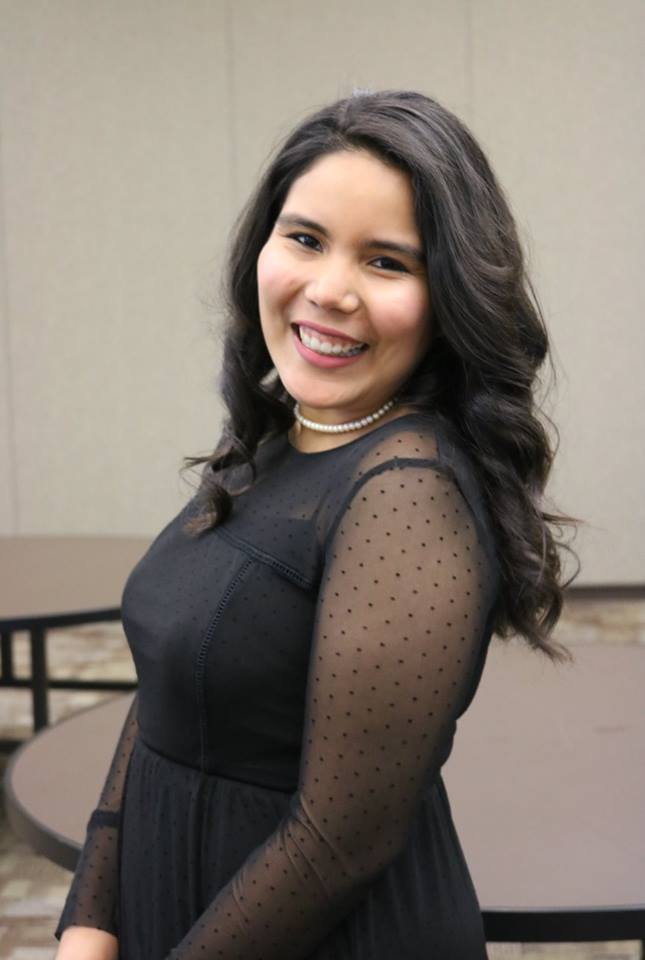![]()
The top mathematics student in her country, Patricia Morales Chang, a Nicaraguan Walton student, started school in the United States with the expectation that she would receive the level of respect and encouragement in the field of mathematics. Morales said she was surprised when she was met with doubt and criticism instead.
Women and minority representation in science, math, technology and engineering (STEM) fields are low. Less than 30 percent of researchers are women, according to the UNESCO Institute for Statistics. Only 35 percent of chemists are women, 18 percent of civil, architectural and sanitary engineers are women and 8 percent of mechanical engineers are women, according to the National Girls Collaborative Project. In 2013, 70 percent of workers in science and engineering occupations were white, according to the NGCP. One in five STEM workers say their race has hampered their success and made their job harder, according to PEW research.
Because of the lack of representation of women and minorities in STEM and her own experience, Morales wanted to create a way for people to see that those in STEM fields do not have to fit a certain mold. “In most of my engineering and mathematics classes, we are just a handful of girls,” Morales said. “In spring semester of my junior year, I took quantum physics. There were only two girls in that class. There was this one dude that kept trying to make me look bad in the class. Every time I tried to say something, he would argue with me. My answer was fine, and the teacher would back me up, but he would always fight me back.”
After this experience, Morales started researching representation in STEM fields. She said she found that in science textbook word problems, “they make the girls look like fools and the guys are the solvers … If you open a textbook, there’s no pictures of girls. There’s so many women in mathematics that, because of them, we have stuff like calculus, and we don’t know about them. We have programming because of a woman. People don’t hear about this because no one talks about it.”
Morales decided it was time to start talking about it. She launched an art project called “What Scientist Look Like,” collecting photographs of John Brown University faculty, staff and students who are in the STEM fields. She compiled photographs to prove that not all scientists look the same and to encourage young people—especially young girls—who want to pursue a career in STEM fields that they are capable of being scientists no matter what they look like.
Abby Acker, senior engineering major, said she was excited for Morales’s project. Acker said diversity in the STEM fields is important because diverse teams are more effective. According to Acker, STEM is “one of the areas that’s still not as diverse as it could be.” Acker went on: “I think it’s important to emphasize that because the more diversity you have, the more it will encourage younger kids who are trying to decide what they want to do with their lives … When they see people who are like them doing something that they could do, that just empowers them and encourages them to give it a try.”
“The more female engineers we see represented in the world around us, the more I—as a girl and engineer—feel like I am capable of doing it,” Acker said.
“It’s not about forcing the diversity. I think if you are pursuing science, it should be something you are passionate about. I think the problem is that we don’t inspire … I think, looking at history, all of the scientists [represented] are white males. You miss so many points of view,” Morales said.
Acker said she hopes people will walk away from seeing Morales’s exhibit encouraged “to see that we do have diversity in those fields at our school and be inspired that, no matter who you are, you can do whatever God’s made you to do.”
The “What Scientists Look Like” exhibit opens Thursday, Oct. 11 at 6 p.m. in Windgate Art East.





